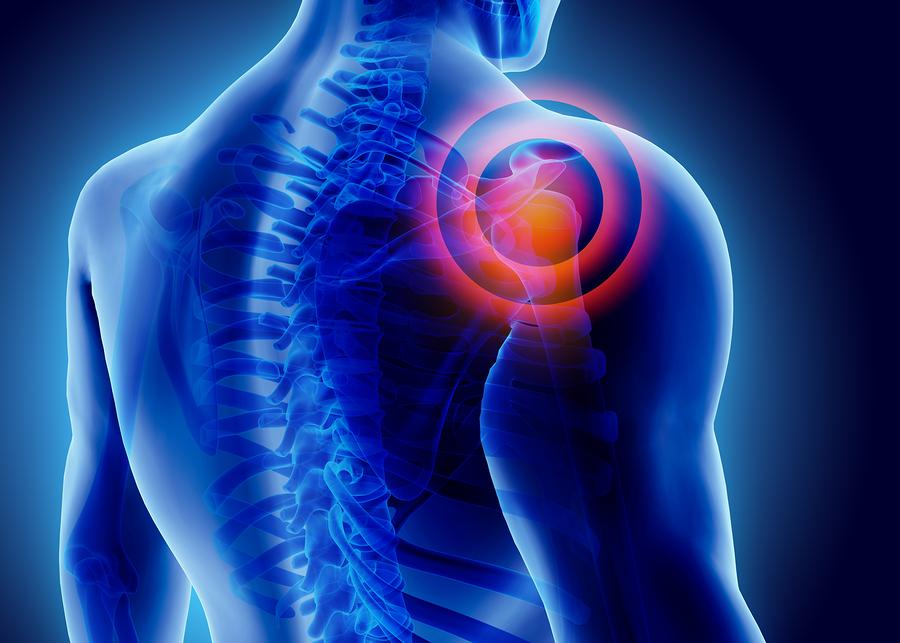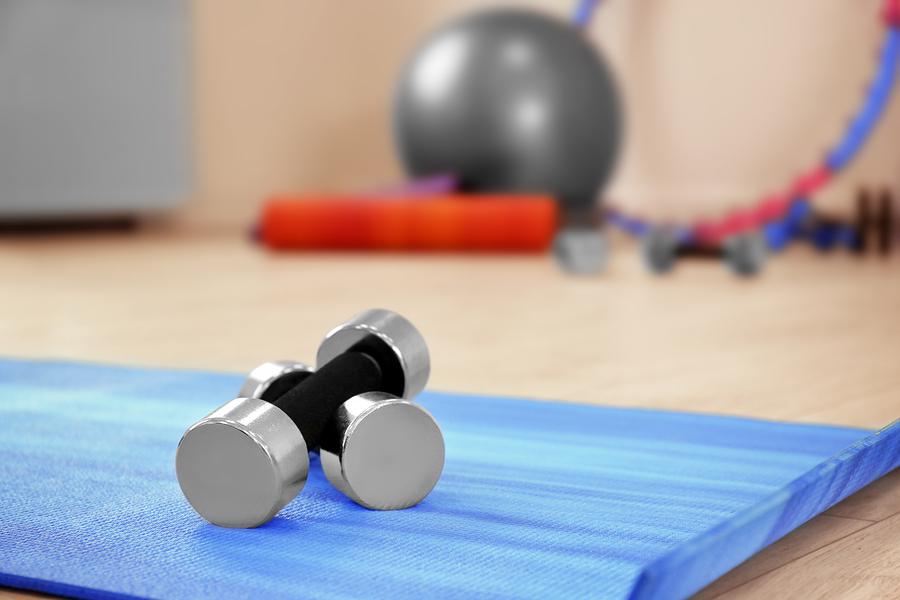The group of muscles and tendons that surround the shoulder joints are known as the rotator cuff. These muscles are key to keeping the head of the upper arm bone in the shoulder socket.
The Rotator Cuff Muscles
The following four muscles comprise the rotator cuff. Each of them has an important job and they work together to allow the many functions of the shoulders.
- Supraspinatus – This is the muscle that keeps the humerus in place. It works to maintain the stability of the upper arm. It also participates in helping you to lift your arm.
- Infraspinatus – This muscle allows rotation and extension of the shoulder.
- Teres Minor – This is the smallest of the rotator cuff muscles. It assists with the rotation of the arm.
- Subscapularis – This muscle keeps your upper arm against your shoulder blade. It assists in the rotation of your arm, as well as allowing you to hold your arms straight and lower them.
Rotator Cuff Injuries
If you are unfortunate enough to injure your rotator cuff muscles then you will likely experience a dull ache in the shoulder region.
Those who perform repetitive movements that involve these muscles are arguably at the greatest risk of injuring them. For example, people who are required to lift items above their head due to their job, or those who play relevant sports. It should also be noted that the risk of a rotator cuff injury also increases with age and you may endure one from simple everyday wear and tear.

Another common problem for the rotator cuff is bursitis. This is when the small sack of fluid that protects your rotator cuff becomes irritated. This will most usually happen due to overuse but can also be the result of an infection
Both tendinitis and bursitis are conditions that can improve with rest and medication. When you are suffering with either of these conditions, it is important that you do not further exacerbate the issue by over-doing it. If the pain persists for more than a few weeks then it is a good idea to seek medical help.
Healing a Rotator Cuff Injury
Physical therapy will often be necessary when it comes to healing a rotator cuff injury. When this is the case, there will be an emphasis on developing the strength and flexibility of the muscles in the shoulder region.
If an injury in this area is considered to be quite serious then surgery may be required.
Rotator Cuff Exercises
It is possible to enhance the strength and stability of the rotator cuff through an exercise programme designed to target this area. This is something that you can add into your existing workout plan.
Side Lying External Rotation
This is a fantastic exercise for building the strength of the rotator cuff, and is quite a simple exercise to do. Because of the simplicity of this exercise, it is also one that is recommended for rebuilding the function of the rotator cuff if you are attempting to recover from an injury in this area.
All you need to do is lie down on the floor on your side and bend your arm to 90 degrees. Your elbow should be resting on your side. With a light dumbbell in the hand of the bent arm, you can then move your forearm down across your front and back up again, keeping your elbow in contact with your body at all times. As you reach the bottom and top of this movement, hold the dumbbell still for a moment and then continue.
Initially you should aim to do this exercise for three sets of ten reps with a relatively light weight. As you progress with your training, you can then either increase the weight of the dumbbell or the amount of reps that you do.
Reverse Flyes
This exercise can be done standing or by resting your body on an inclined bench.
If you are doing it on a bench then make sure your chest and stomach are flat against the bench. If you are doing the exercise standing then make sure your knees are slightly bent and that your feet are shoulder width apart. You should bend forwards slightly at the waist as you keep your back straight.
Hold a light dumbbell in each hand and extend your arms to either side away from your body. As you reach the top of the movement, squeeze your shoulder blades together but do not lock your elbows. Your arms should be parallel to the floor. You can then slowly lower both arms back down to the starting position.
As with the previous exercise, three sets of ten reps with a light weight is a good starting point that you can then work to progress from.
References
1) https://www.mayoclinic.org/diseases-conditions/rotator-cuff-injury/symptoms-causes/syc-20350225
Related Posts
Cigarettes May Inhibit Inflammation Treatments
Axial spondyloarthritis, also known as AxSpa, is a chronic…







